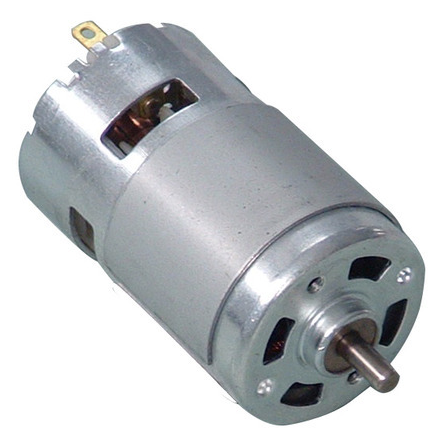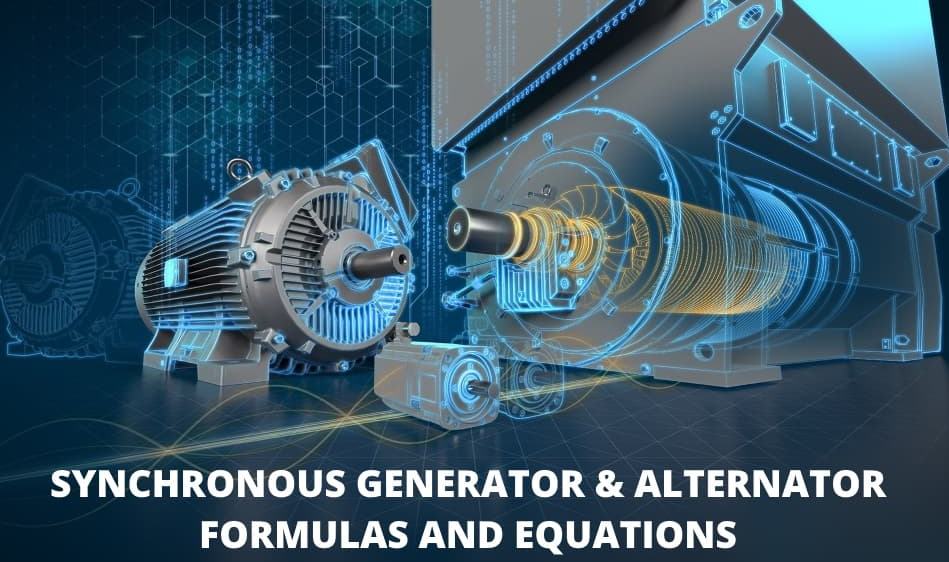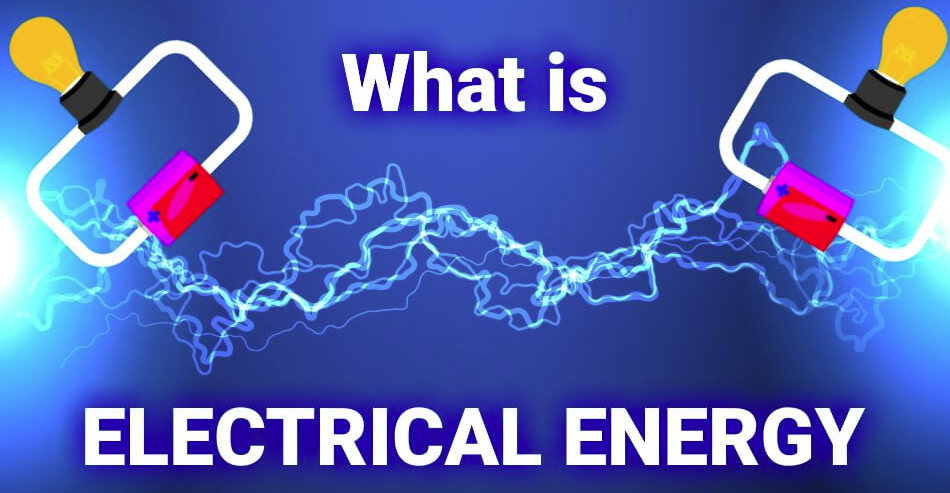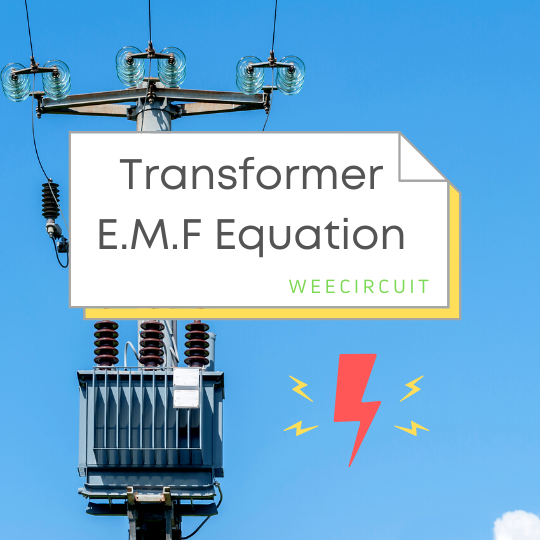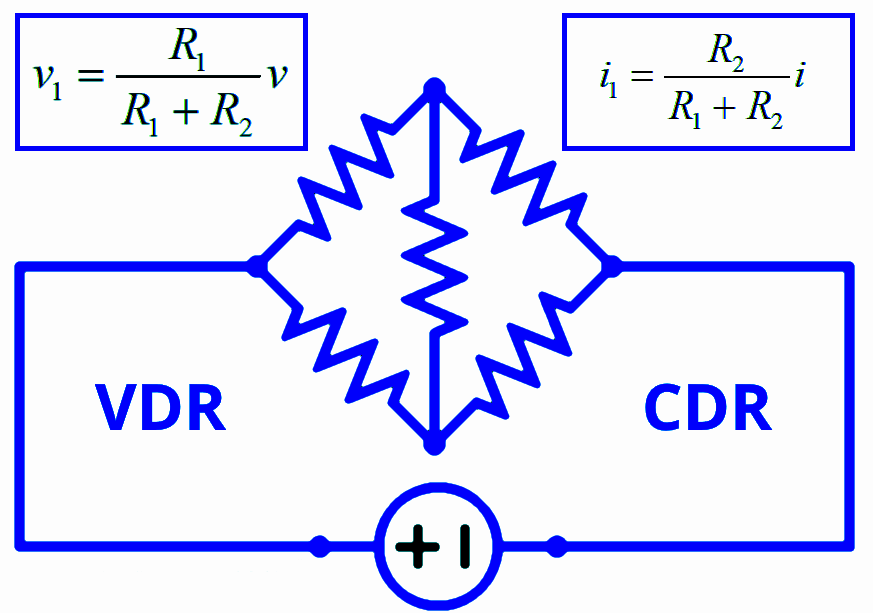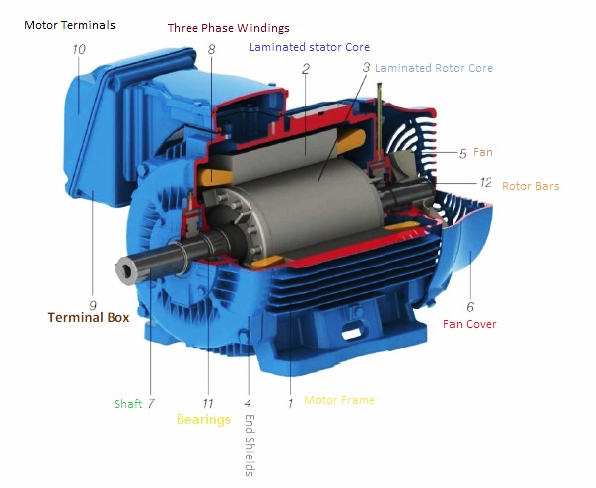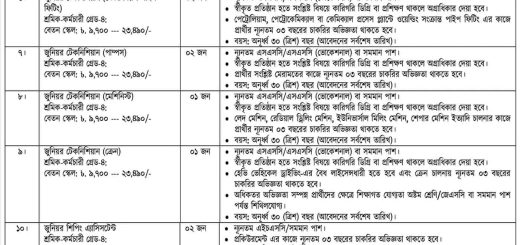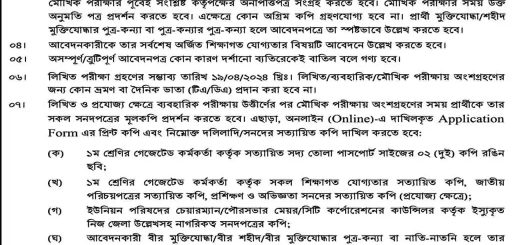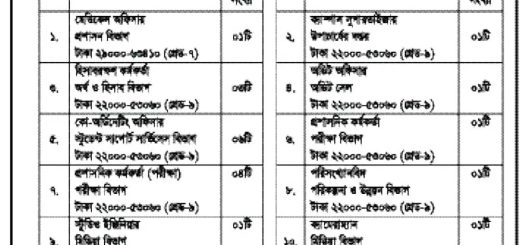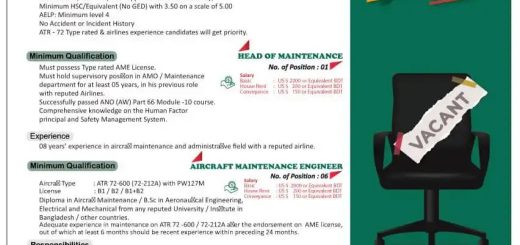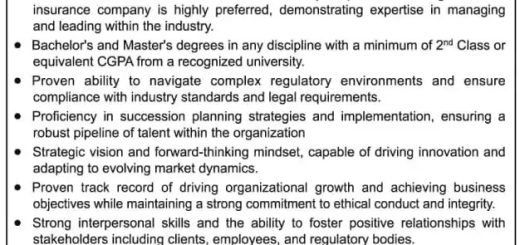Transformers Insulation Materials in Oil-Immersed & Dry Type Transformer
Insulation in Oil-Immersed Transformers
The most common insulation today for high-voltage windings in a transformer is an enamel coating on the wire, with kraft paper used between layers.
Low-voltage strips can be bare with paper insulation between layers.
The use of paper wrapping on strap conductor is slowly being replaced by synthetic polymer coatings or wrapping with synthetic cloth.
The introduction of aluminum wire, strap, and strip conductors and enamel coatings presented a number of challenges to distribution transformer manufacturers.
Aluminum spontaneously forms an insulating oxide coating when exposed to air. This oxide coating must be removed or avoided whenever an electrical connection is desired.
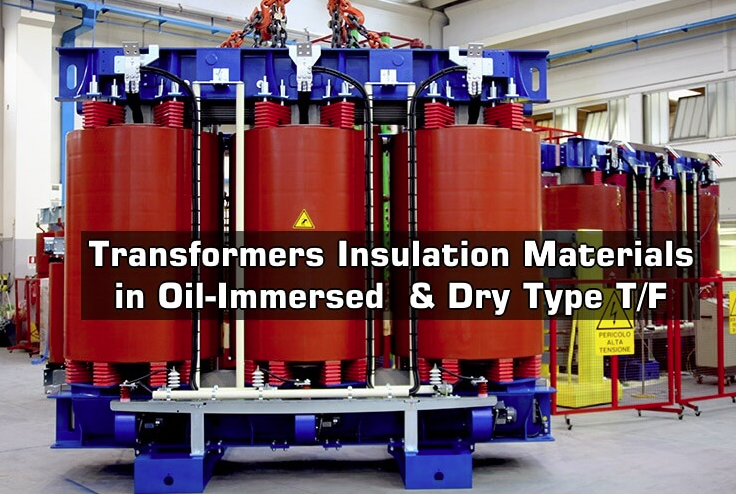
Transformers Insulation Materials in Oil-Immersed & Dry Type Transformer
Also, electrical-conductor grades of aluminum are quite soft and are subject to cold flow and differential expansion problems when mechanical clamping is attempted.
Some methods of splicing aluminum wires include soldering or crimping with special crimps that penetrate the enamel and oxide coatings and seal out oxygen at the contact areas.
Aluminum strap or strip conductors can be TIG (tungsten inert gas)-welded.
Aluminum strip can also be cold-welded or crimped to other copper or aluminum connectors.
Bolted connections can be made to soft aluminum if the joint area is properly cleaned.
Insulation Materials in Dry Type Transformers
General practice is to seal or coat dry type transformer windings with resin or varnish to provide protection against adverse environmental conditions that can cause degradation of transformer windings.
Insulating media for primary and secondary windings are categorized as follows:
- Cast coil
- Vacuum-pressure encapsulated
- Vacuum-pressure impregnated
- Coated
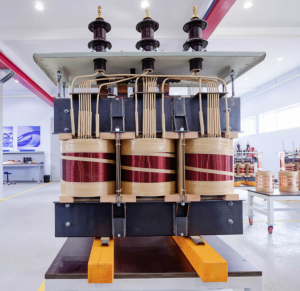
Cast Coil
The winding is reinforced or placed in a mold and cast in a resin under vacuum pressure.
Lower sound levels are realized as the winding is encased in solid insulation. Filling the winding with resin under vacuum pressure eliminates voids that can cause corona.
With a solid insulation system, the winding has superior mechanical and short-circuit strength and is impervious to moisture and contaminants.
Vacuum-Pressure Encapsulated
The winding is embedded in a resin under vacuum pressure.
Encapsulating the winding with resin under vacuum pressure eliminates voids that can cause corona. The winding has excellent mechanical and short-circuit strength and provides protection against moisture and contaminants.
Vacuum-Pressure Impregnated
The winding is permeated in a varnish under vacuum pressure.
An impregnated winding provides protection against moisture and contaminants.
Coated
The winding is dipped in a varnish or resin. A coated winding provides some protection against moisture and contaminants for application in moderate environments.
